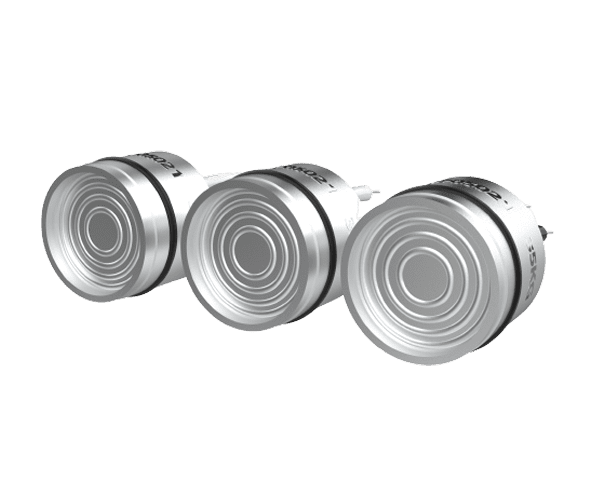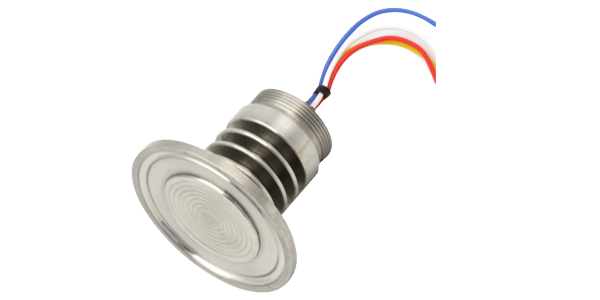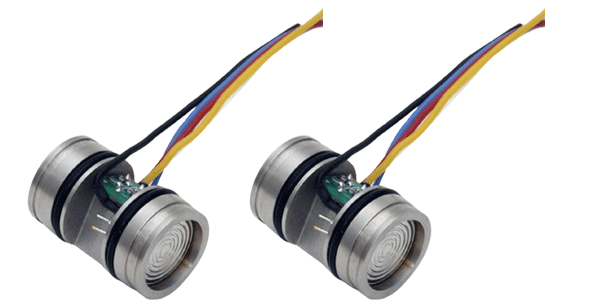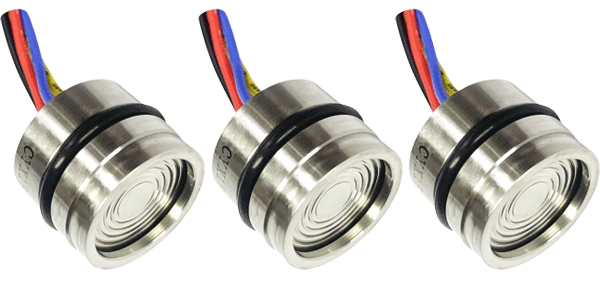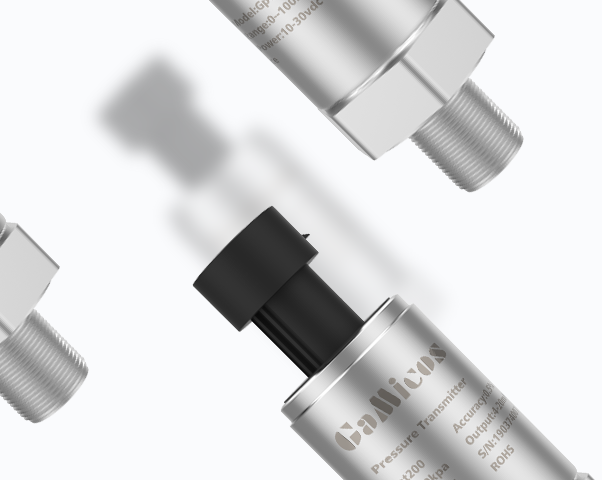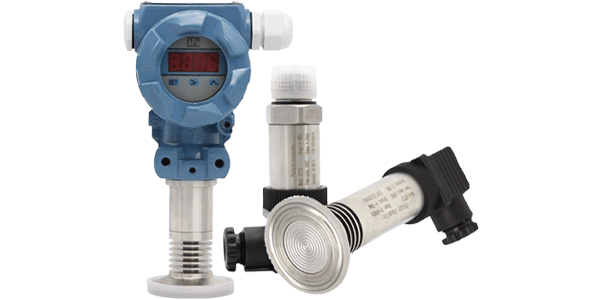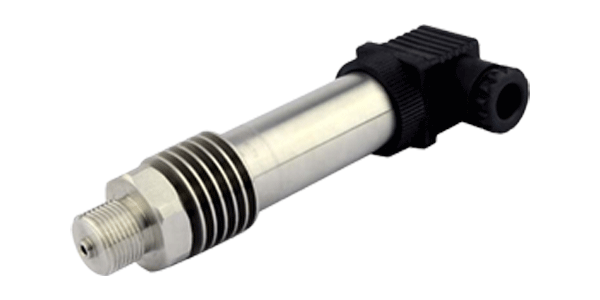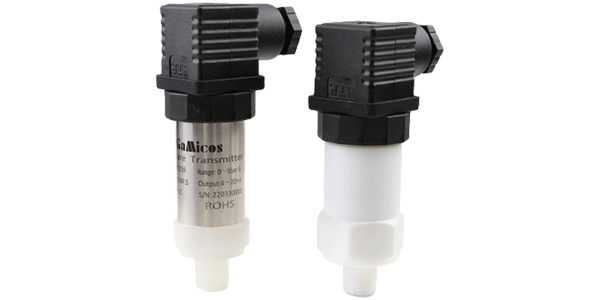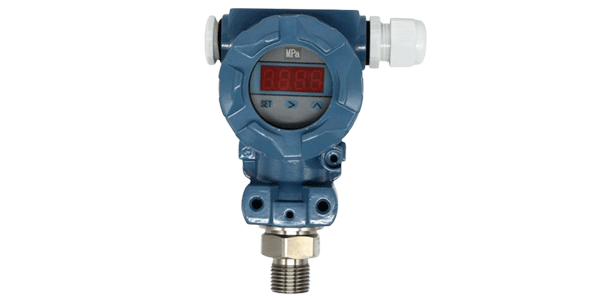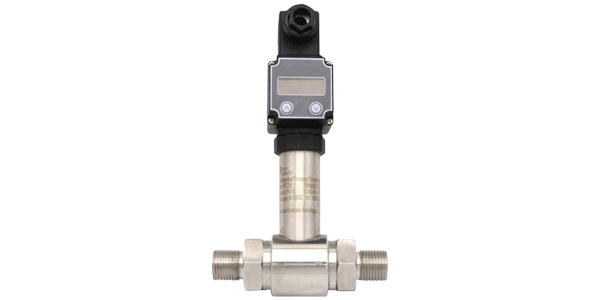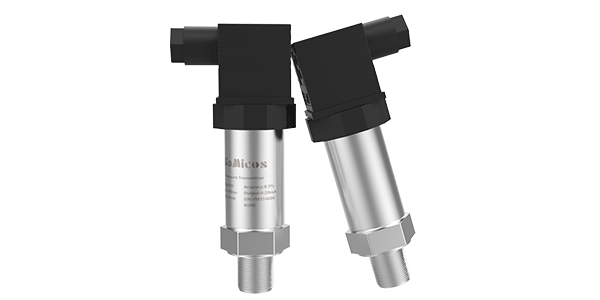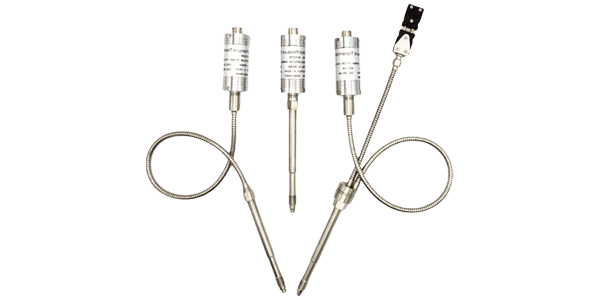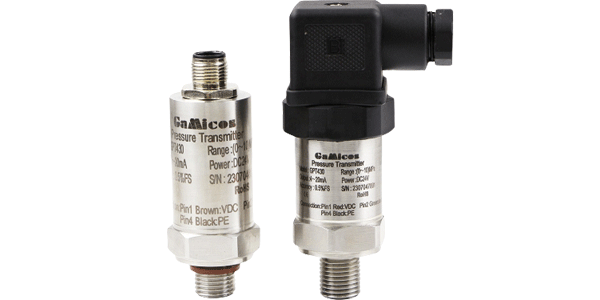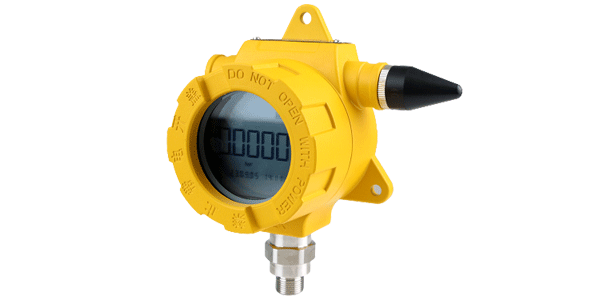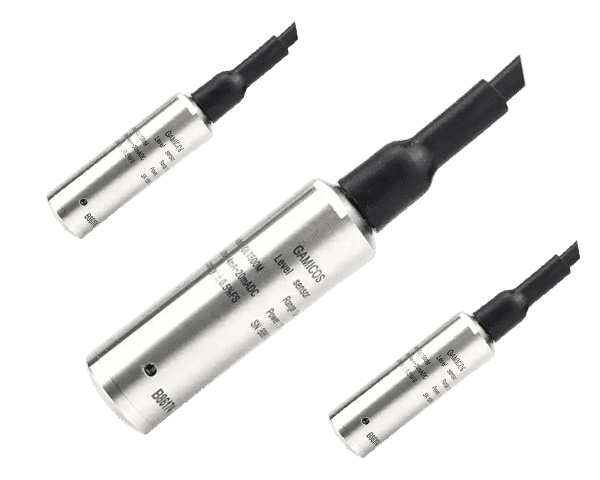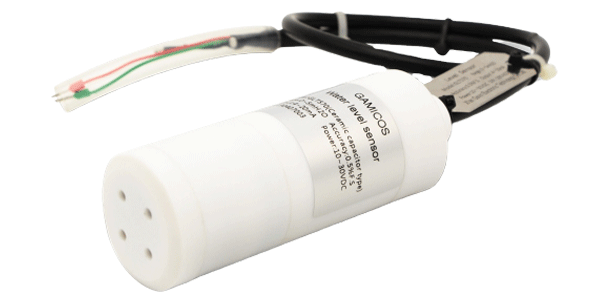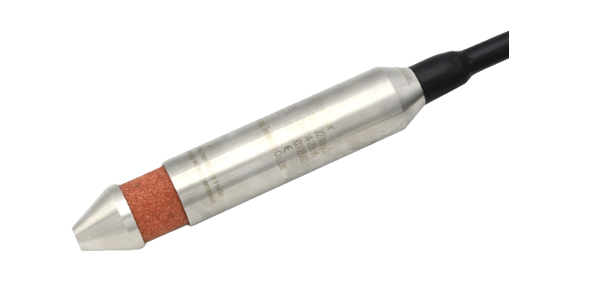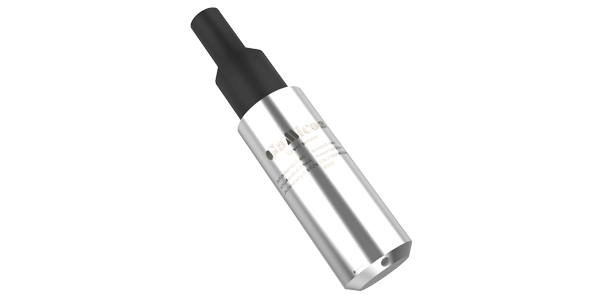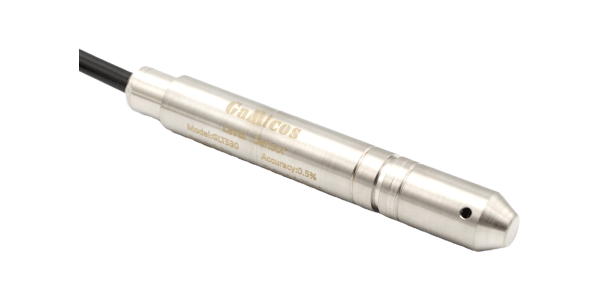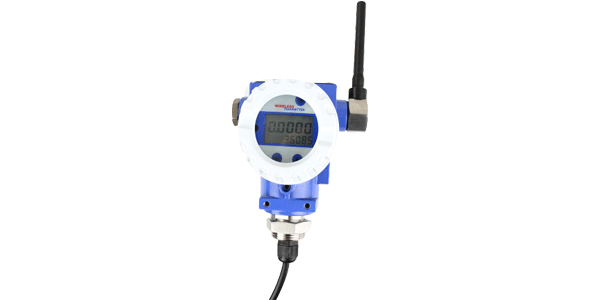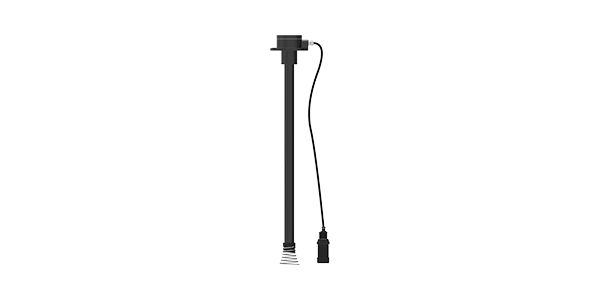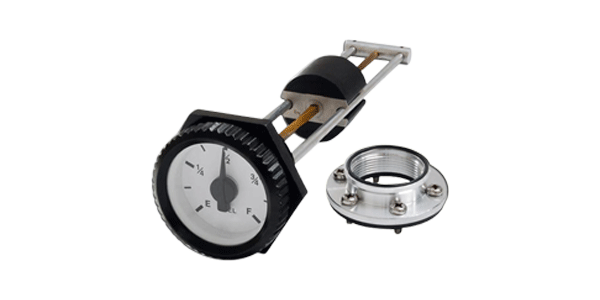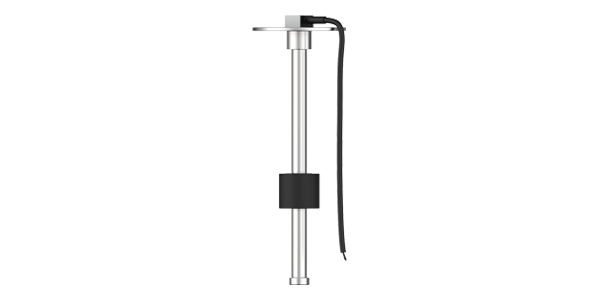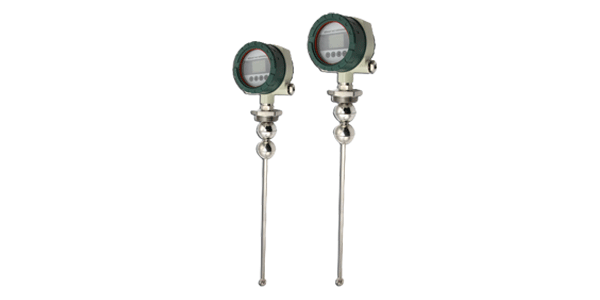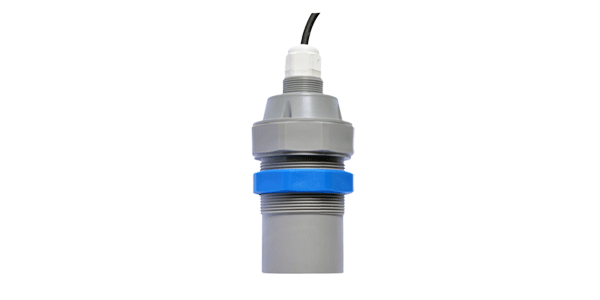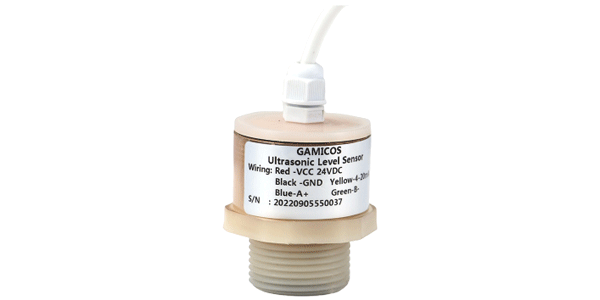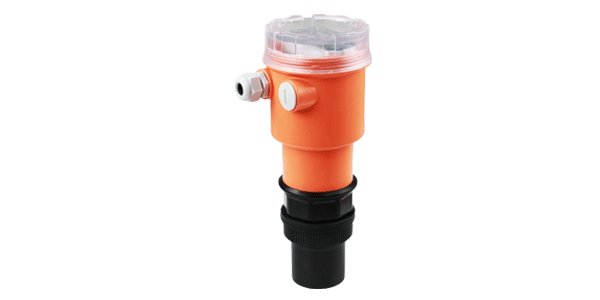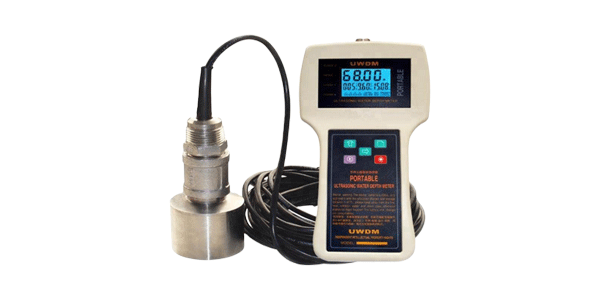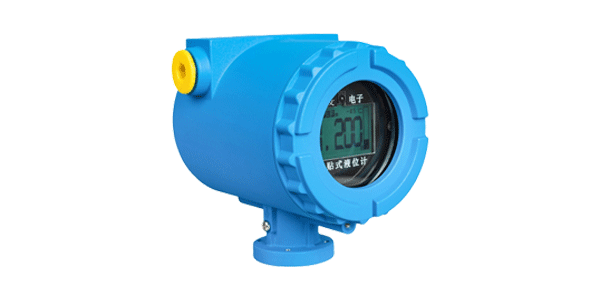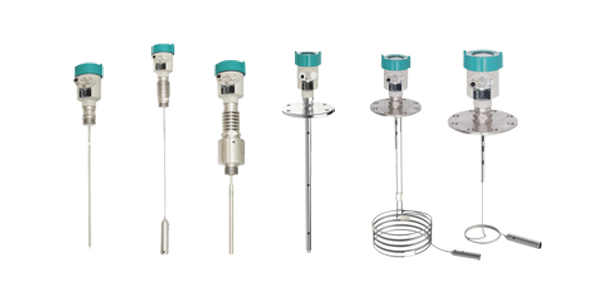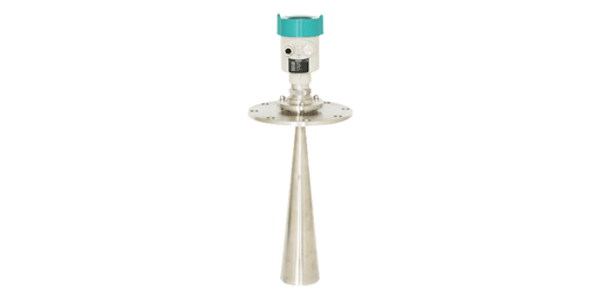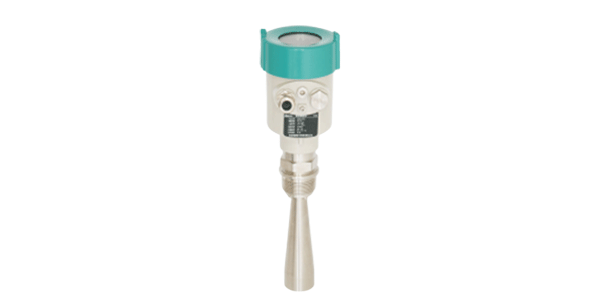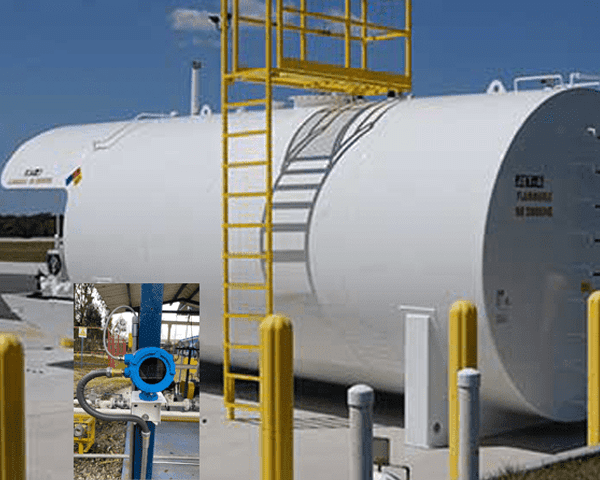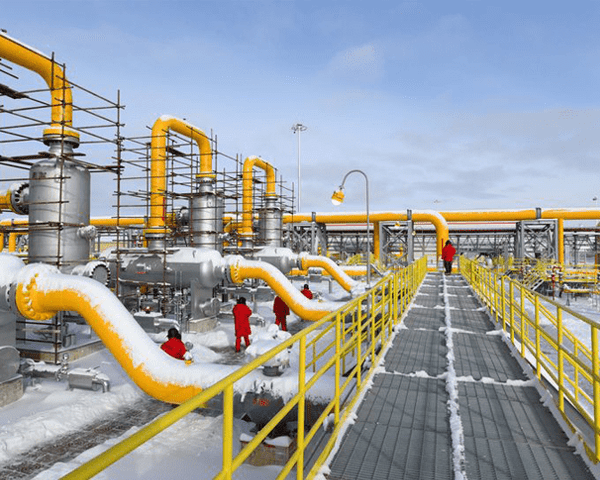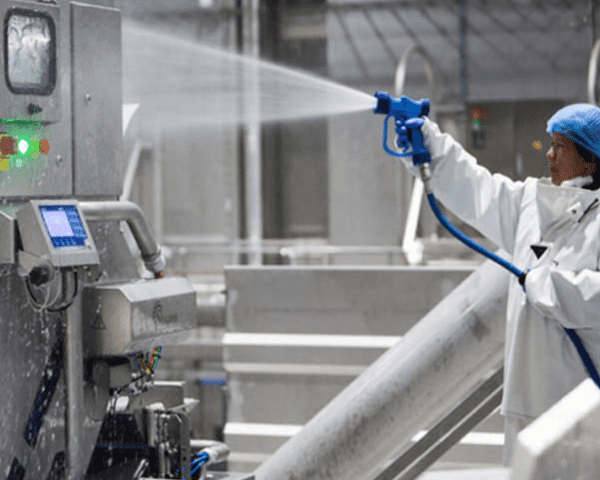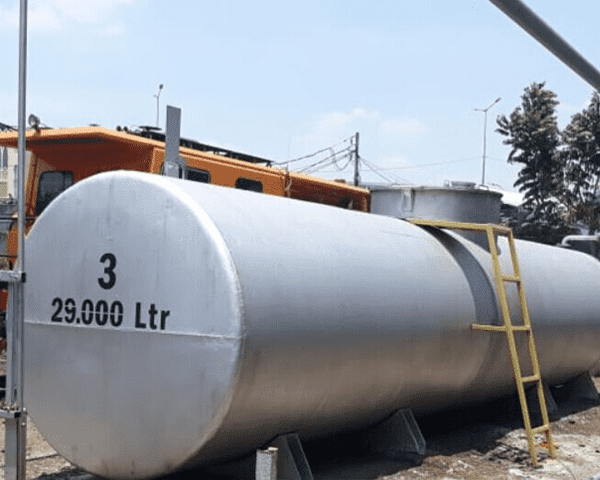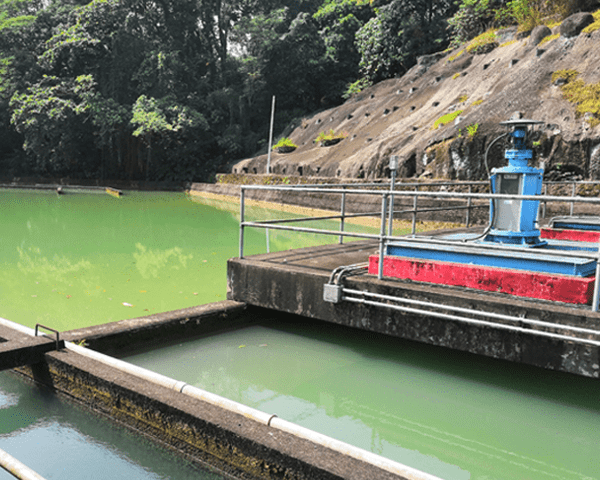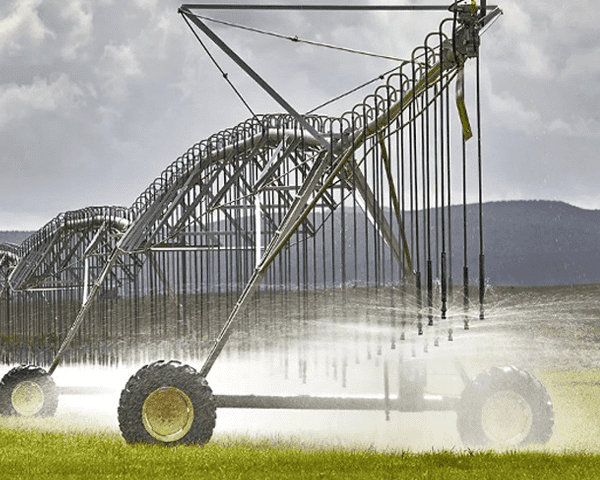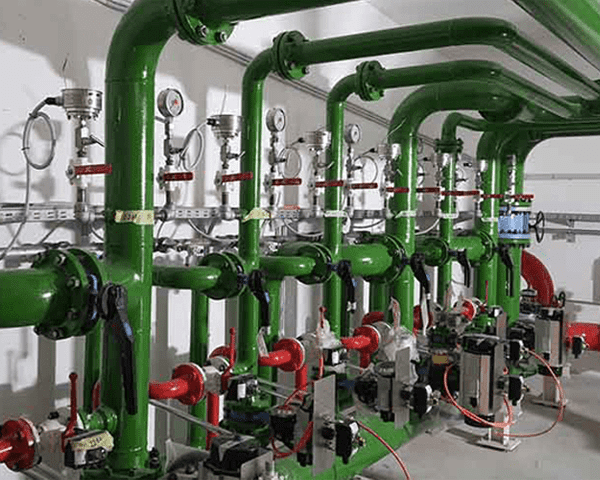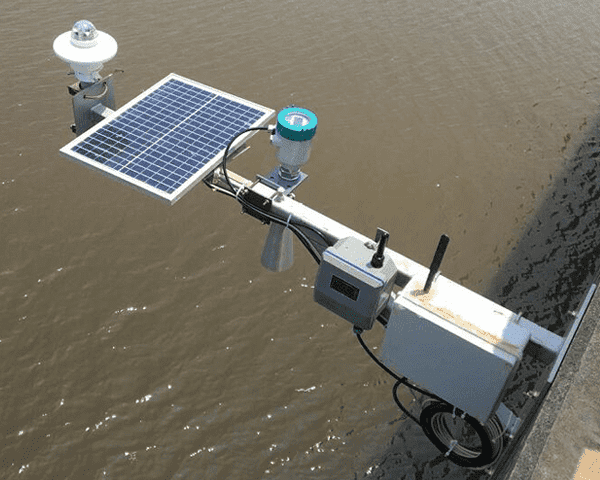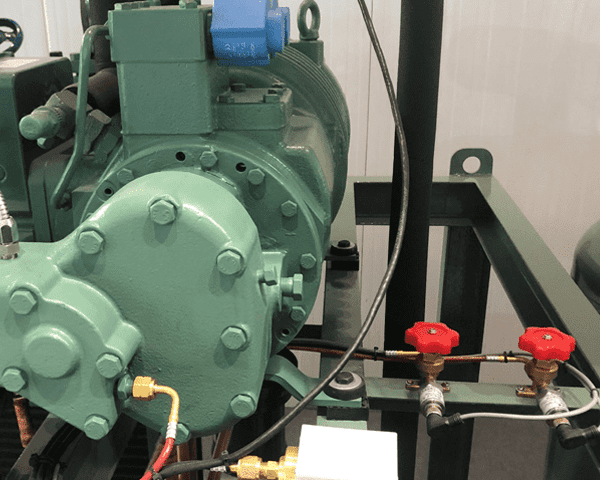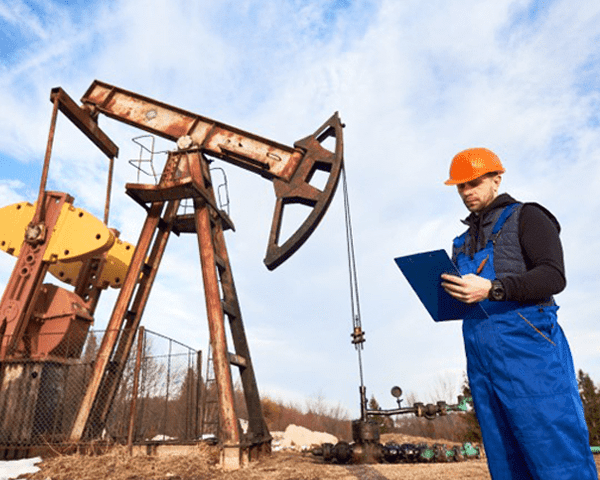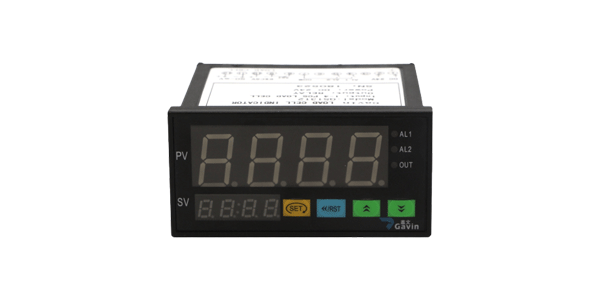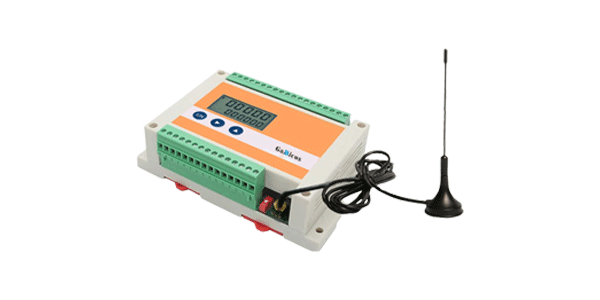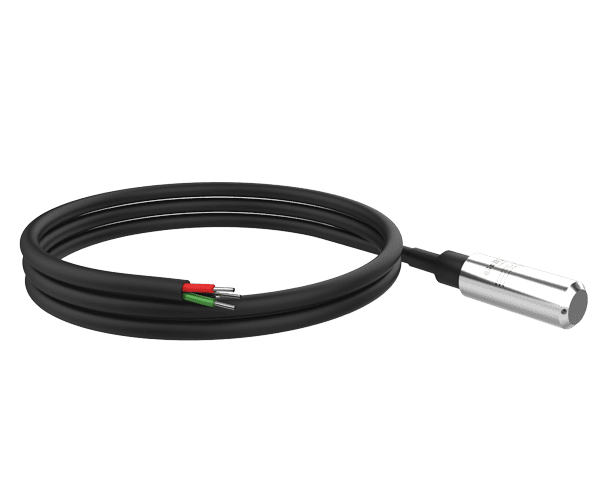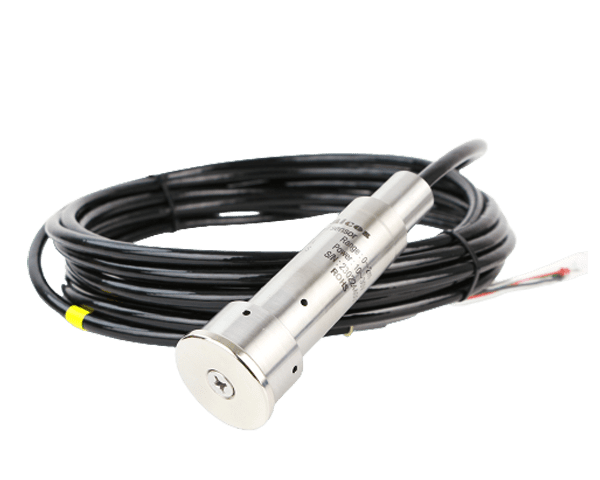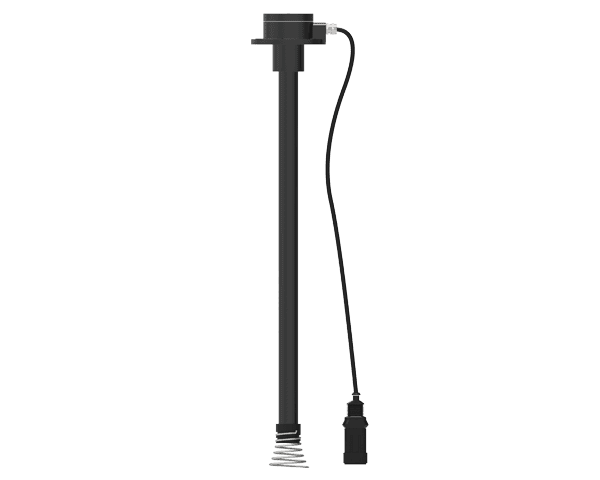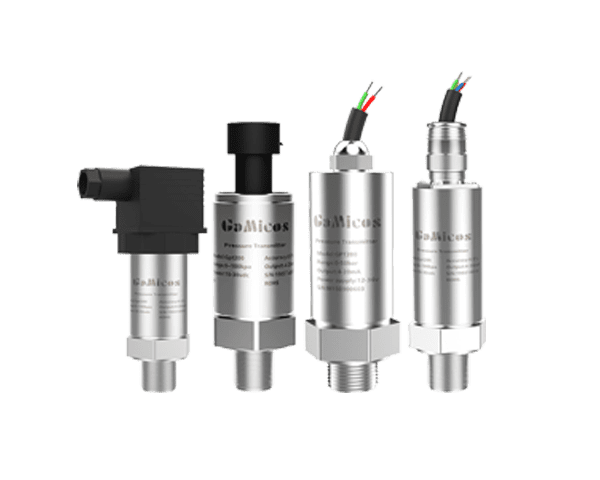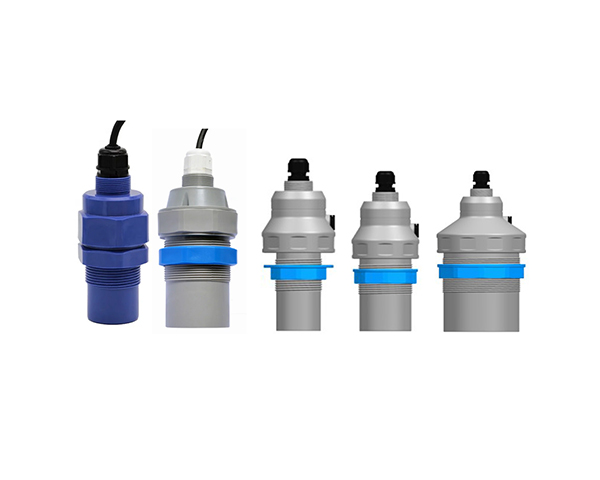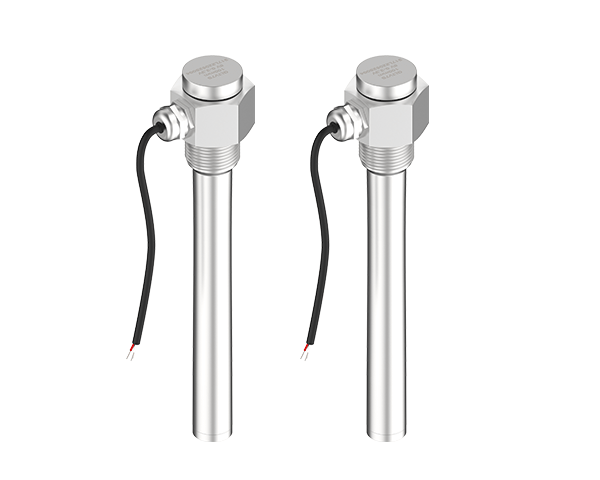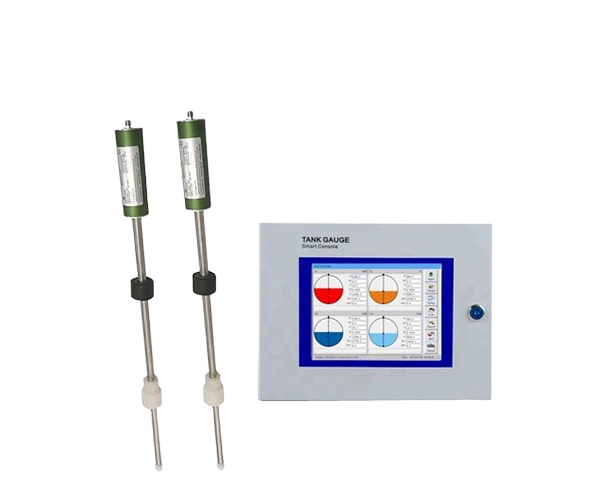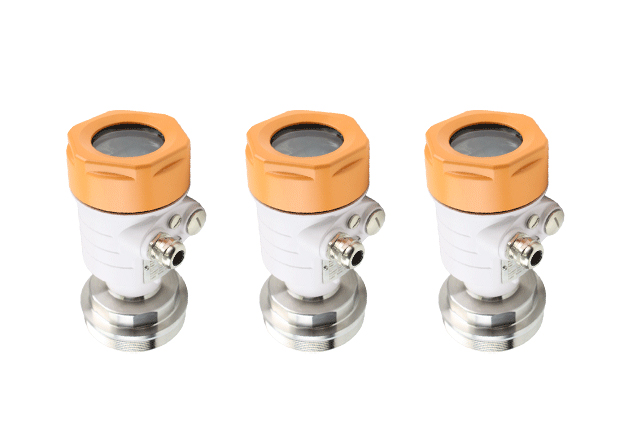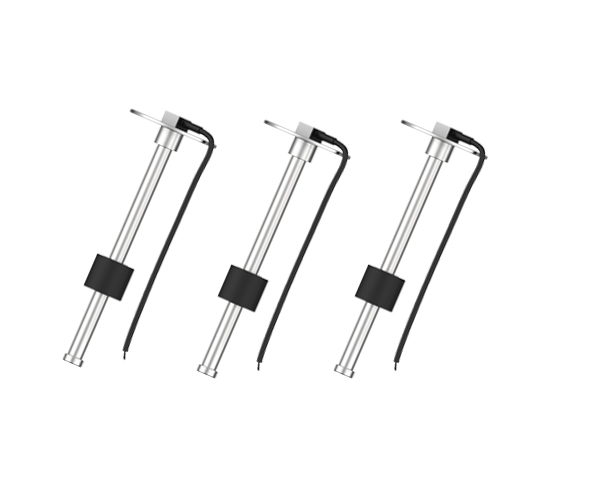Fuel level sensor is used to monitor the fuel level in a fuel tank to prevent fuel lack, fuel leakage or fuel theft when the vehicle is running. This article is an introduction to the beginners on what is fuel level sensor, types and applications of the fuel level sensor, also the future trends of the fuel level sensor at the end.
Understanding the Fuel Level Sensor
Introduce what a fuel level sensor is and its basic working principle
A fuel level sensor is a crucial device that measures the amount of fuel in a tank. It provides essential information to vehicle operators and various systems to ensure proper functioning and efficient management of fuel resources.
The basic working principle of a fuel level sensor typically involves the use of a float and a variable resistor. As the fuel level in the tank changes, the float moves up or down. This movement is then translated into an electrical signal by the variable resistor. The electrical control unit (ECU) receives this signal and uses it to determine the fuel level.
For example, in some cases, capacitive fuel level sensors are also used. These sensors work by measuring the capacitance between two electrodes. As the fuel level changes, the dielectric constant between the electrodes changes, resulting in a change in capacitance. This change in capacitance is then converted into an electrical signal that represents the fuel level.
According to the search results, fuel level sensors like the ones described are widely used in different applications such as automobiles, diesel generators, fuel tanks and even in drones. In automobiles, for instance, a fuel level sensor might send a signal to the dashboard display to show the driver how much fuel is remaining in the tank. In diesel generators, accurate fuel level monitoring is essential for ensuring stable power supply. In drones, a lightweight and accurate fuel level sensor is crucial to prevent crashes due to fuel exhaustion.
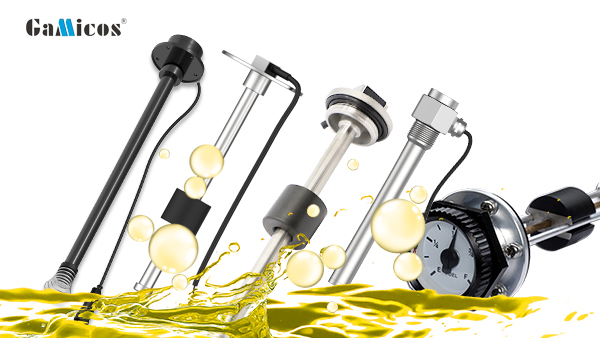
Applications in Different Fields
Automobile Industry
In the automobile industry, fuel level sensors play a vital role in automobile fuel tank level measurement. With the continuous development of automobile transportation logistics, accurate measurement of automobile fuel tank levels has become increasingly important. Fuel monitoring, displaying, and early warning at any time and anywhere are essential conditions to ensure the normal operation of vehicles. Secondly, fuel tank leakage can cause significant energy and economic waste. In severe cases, it can lead to vehicle breakdowns and even dangerous events such as fuel tank explosions.
The GLTV7 capacitive fuel level sensor is a targeted solution for vehicle fuel tank level monitoring. This sensor continuously detects fuel level by measuring capacitance variations as the liquid level changes. It can be easily shortened to fit different tank depths and achieve remote fuel tank level monitoring. The output signal of the sensor can be matched with a wireless module or the vehicle's GPS system to remotely transmit data to the customer's mobile or PC vehicle management system through wireless transmission technology, realizing the wireless monitoring function of automobile oil levels and helping with fuel consumption monitoring in the automobile transportation industry.
Diesel Generator Performance Monitoring
In diesel generator set performance monitoring, fuel level sensors are crucial for measuring fuel levels, as well as monitoring pressure and temperature. For example, products like the GLTV3 Reed Switch Level Sensor, GLTV4 mechanical fuel level gauge, and GLTV7 capacitive fuel level sensor are used for level measurement. The GLTV3 has the advantage of long service life, anti-vibration, and explosion-proof. The GLTV4 integrates the function of fuel level measuring and display and can operate without power supply. The GLTV7 continuously detects fuel level by changing capacitance and has features like strong stability and long service life.
UAV Level Measurement
In the field of UAV level measurement, a lightweight measuring instrument is urgently needed due to weight constraints. The GLTV7S series capacitive level sensor is designed for this purpose. It can effectively monitor the oil level and liquid level of UAVs. For example, in agricultural applications, it can provide real-time feedback on the remaining oil volume and liquid level, allowing pilots to operate with ease. It also features a low fuel level alarm, which enables the UAV to return or hover when the fuel level is lower than the warning value, preventing crashes. Additionally, it can display real-time liquid level and help UAVs plan a reasonable return point and dressing route, making the operation more intelligent.
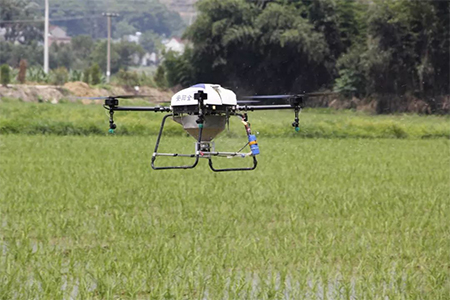
Diesel Tank Level Monitoring
In outdoor diesel tanks, traditional measurement methods have limitations such as inconvenience, inaccuracy, high cost, and complex installation and maintenance. In contrast, submersible level sensors offer several advantages. With the rapid development of the IoT, submersible level sensors have become popular due to their accurate measurement, higher accuracy, fast response time, advanced technology, and lower consumption. The GLT5001 level sensor, specially designed for diesel level measurement, uses a highly reliable silicon piezoresistive pressure sensor as the pressure sensitive core. After automatic temperature compensation, programmable digital circuit correction, and signal conditioning, it can output standard analog and digital signals. It is suitable for a wide range of medium level measurements with its solid stainless steel housing and can meet different working conditions with designs like a magnetic suction seat for mobile tank monitoring.
Types and Features
Resistive Fuel Level Sensors
Resistive fuel level sensors are widely used in many applications. They consist of a float connected to a resistor. As the fuel level changes, the float moves up or down, varying the resistance. This change in resistance is then converted into a signal that indicates the fuel level.
For example, in some older vehicle models, resistive fuel level sensors are commonly found. These sensors are relatively simple in design and have been in use for a long time. However, they may not be as accurate as some of the newer sensor technologies.
According to the search results, resistive fuel level sensors can be affected by factors such as temperature changes and wear over time. This can lead to inaccurate readings and potential issues for vehicle owners.
Capacitive Fuel Level Sensors
Capacitive fuel level sensors operate on a different principle. They measure the capacitance between two electrodes. As the fuel level changes, the dielectric constant between the electrodes changes, resulting in a change in capacitance. This change in capacitance is then converted into a signal that represents the fuel level.
Capacitive sensors are known for their accuracy and reliability. They are less affected by factors such as fuel sloshing and temperature changes compared to resistive sensors. Additionally, they can be designed to be more compact and lightweight, making them suitable for a wide range of applications.
For instance, in modern automobiles and industrial equipment, capacitive fuel level sensors are becoming increasingly popular due to their superior performance.
Ultrasonic Fuel Level Sensors
Ultrasonic fuel level sensors use sound waves to measure the distance between the sensor and the surface of the fuel. By emitting ultrasonic waves and measuring the time it takes for the waves to reflect back, the sensor can determine the fuel level.
These sensors offer several advantages. They are non-contact sensors, which means they do not come into direct contact with the fuel. This reduces the risk of damage and contamination. Additionally, ultrasonic sensors can provide accurate measurements even in harsh environments.
According to the search results, ultrasonic fuel level sensors are often used in applications where there is a need for high accuracy and reliability, such as in large fuel tanks or industrial settings.
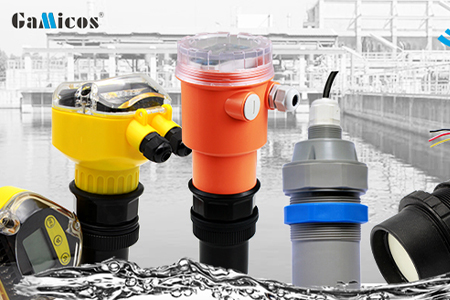
Hall Effect Fuel Level Sensors
Hall effect fuel level sensors use a magnetic field and the Hall effect to measure the fuel level. As the fuel level changes, a magnet attached to the float moves relative to a Hall effect sensor. This changes the magnetic field sensed by the sensor, resulting in a change in the output voltage.
Hall effect sensors are known for their high accuracy and stability. They are also relatively immune to interference from external magnetic fields. These sensors are often used in applications where precise fuel level measurement is required. For example, in some high-performance vehicles and industrial machinery, Hall effect fuel level sensors are preferred due to their accuracy and reliability.
Importance and Future Trends
Importance of fuel level sensors
Fuel level sensors play a crucial role in various industries. In the automobile industry, they provide drivers with accurate information about the remaining fuel, enabling them to plan their trips and refueling stops. This not only enhances convenience but also helps in reducing the risk of running out of fuel on the road, which can lead to dangerous situations. Moreover, accurate fuel level measurement is essential for optimizing fuel consumption and reducing emissions.
In diesel generator performance monitoring, fuel level sensors ensure the stable operation of generators by providing real-time information about fuel levels. This helps in preventing generator failures due to low fuel levels and allows for timely refueling. Additionally, monitoring fuel levels can help in optimizing generator usage and reducing fuel costs.
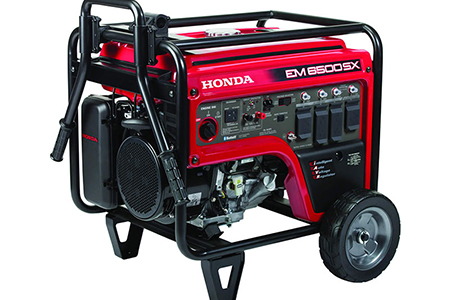
For UAVs, lightweight and accurate fuel level sensors are essential for ensuring safe flights. By providing real-time feedback on fuel levels, these sensors enable pilots to make informed decisions about flight paths and return points, reducing the risk of crashes due to fuel exhaustion.
In diesel tank level monitoring, accurate measurement of fuel levels is crucial for inventory management and preventing fuel theft. Submersible level sensors offer a reliable and cost-effective solution for monitoring fuel levels in outdoor tanks.
Future development trends
As technology continues to advance, we can expect several exciting developments and improvements in fuel level sensor technology.
One likely area of improvement is increased accuracy. With the growing demand for more efficient fuel consumption and stricter environmental regulations, fuel level sensors will need to provide even more precise readings. For example, researchers are exploring the use of advanced algorithms and machine learning techniques to enhance the accuracy of sensor readings. By analyzing historical data and patterns, these algorithms can correct for factors such as temperature variations, fuel sloshing, and sensor drift, resulting in more accurate fuel level measurements. According to industry experts, this could lead to an improvement in accuracy of up to 20% compared to current sensors.
Another area of development is enhanced connectivity. As the Internet of Things (IoT) continues to expand, fuel level sensors will likely become more integrated with other devices and systems. This could include seamless integration with vehicle telematics systems, allowing for real-time monitoring of fuel levels and fuel consumption. Additionally, sensors could be connected to mobile apps or cloud-based platforms, providing drivers and fleet managers with easy access to fuel level information from anywhere. This increased connectivity could lead to more efficient fuel management and reduced operating costs.
In the aviation industry, we can expect to see further advancements in fuel level sensor technology for enhanced flight safety. For instance, sensors could be designed to provide more detailed information about fuel quality and contamination. This would allow pilots and maintenance crews to detect potential issues early and take preventive measures. Moreover, the development of more reliable and redundant sensor systems could help reduce the risk of false readings and ensure accurate fuel level monitoring even in the event of a sensor failure.
Furthermore, there is a growing interest in sustainable and alternative fuels. As the use of biofuels, electric vehicles, and hydrogen fuel cells becomes more widespread, fuel level sensors will need to adapt to these new technologies. This could involve the development of sensors specifically designed for these alternative fuels, with unique characteristics and measurement requirements. For example, sensors for electric vehicles may need to monitor battery levels and charging status instead of fuel levels.
In conclusion, the future of fuel level sensor technology looks promising. With continued research and development, we can expect to see more accurate, connected, and adaptable sensors that will play a crucial role in ensuring efficient fuel management and safe operations in various industries
